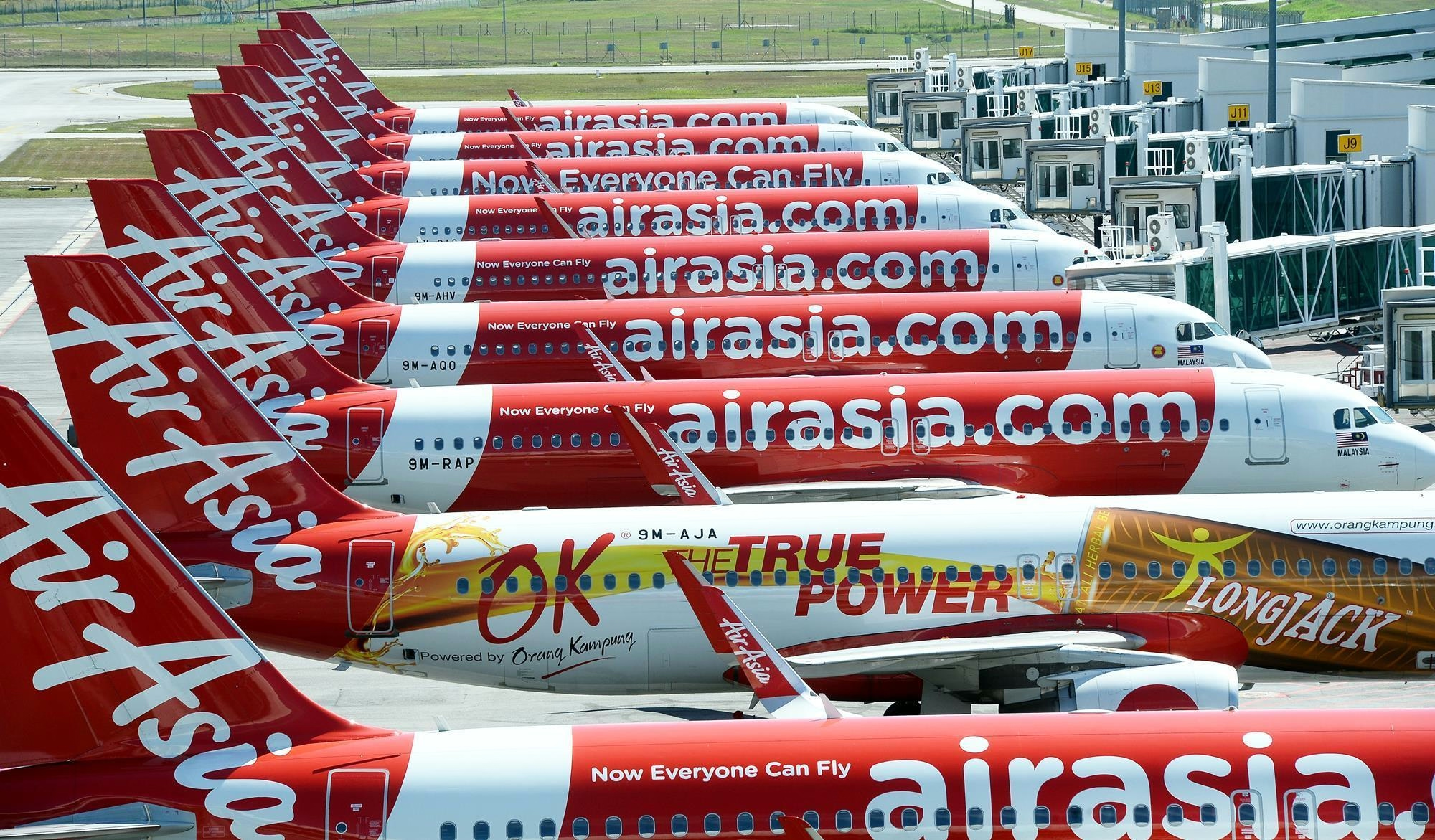
Smarter email, faster business.
Trending
McDermott Aviation Named Finalist in Two Australian Aviation Awards
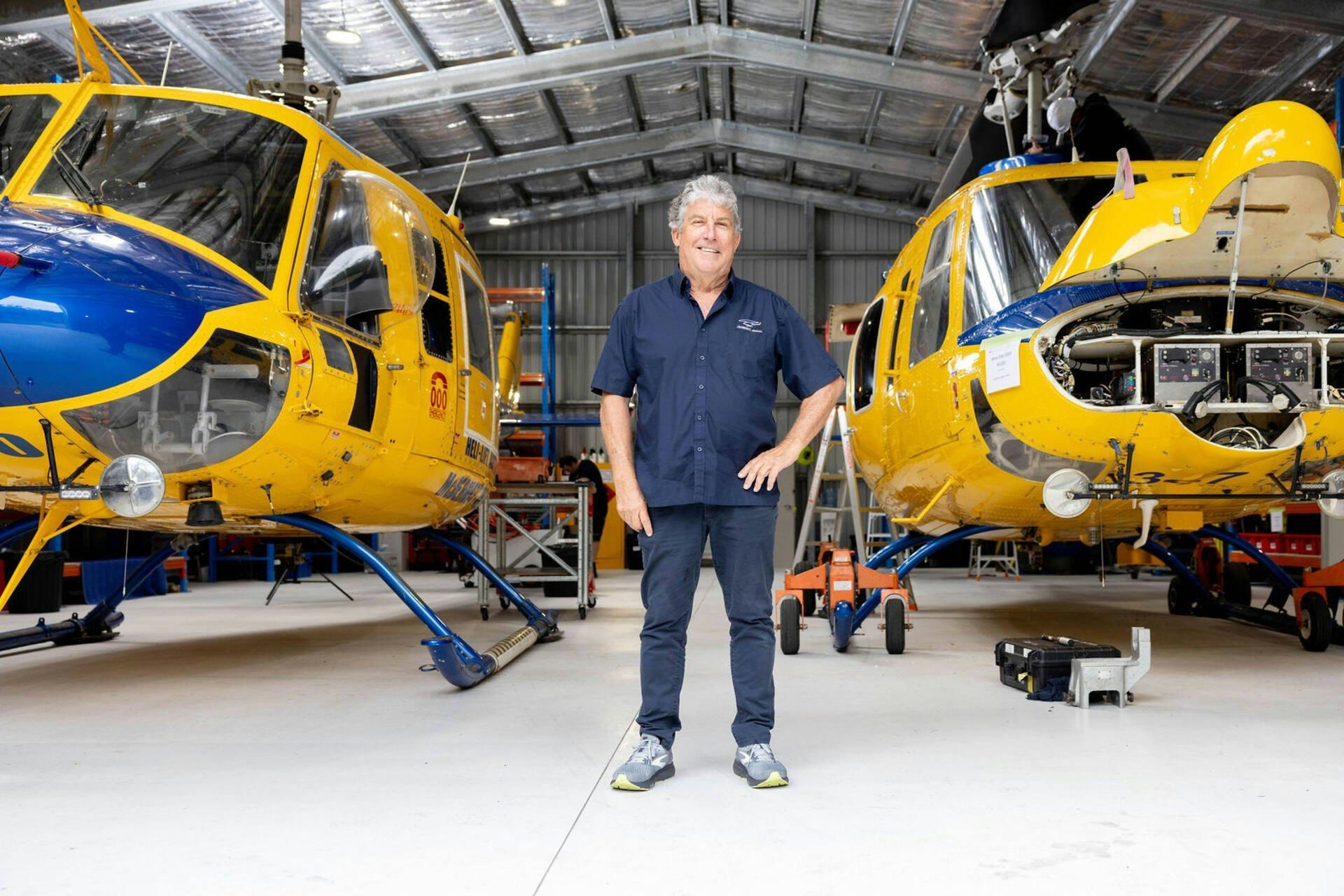
McDermott Aviation Named Finalist in Two Australian Aviation Awards
McDermott Aviation has been named a finalist in two categories at the prestigious Australian Aviation Awards, a recognition that highlights the company’s steadfast commitment to excellence amid a challenging industry environment. This acknowledgment arrives at a time when the business aviation sector is grappling with significant headwinds, as recent surveys by Aviation Week Network reveal persistent pessimism among industry leaders.
Industry Context and Competitive Dynamics
Despite the prevailing difficulties, McDermott Aviation’s accomplishments have garnered attention from both peers and competitors. Industry analysts observe that such recognition often prompts rival companies to intensify their marketing efforts or seek strategic partnerships to bolster their market positions. This increased competition has the potential to reshape the dynamics within the Australian aviation sector, as companies strive for greater visibility and influence in a crowded marketplace.
Market reactions to McDermott Aviation’s finalist status have been varied. While there is evident interest from stakeholders and prospective partners, broader uncertainties in the global aviation market continue to pose challenges. A Virgin Atlantic executive recently highlighted the unpredictability of the U.S. market, a factor that reverberates across the aviation industry worldwide. This volatility adds complexity for Australian operators aiming to expand or consolidate their presence both domestically and internationally.
Resilience and Strategic Vision
McDermott Aviation’s recognition as a finalist is widely regarded as a testament to its resilience and adaptability. The company has successfully navigated a rapidly evolving industry landscape characterized by shifting consumer demands and technological advancements. Its ability to distinguish itself amid intense competition reflects not only operational strength but also a forward-looking business strategy.
As the Australian Aviation Awards approach, attention will focus on McDermott Aviation and its competitors. The results may influence future industry trends, particularly as companies evaluate how best to address ongoing market challenges and seize emerging opportunities. Regardless of the final outcome, McDermott Aviation’s nominations underscore the critical importance of innovation, adaptability, and strategic vision in today’s aviation sector.
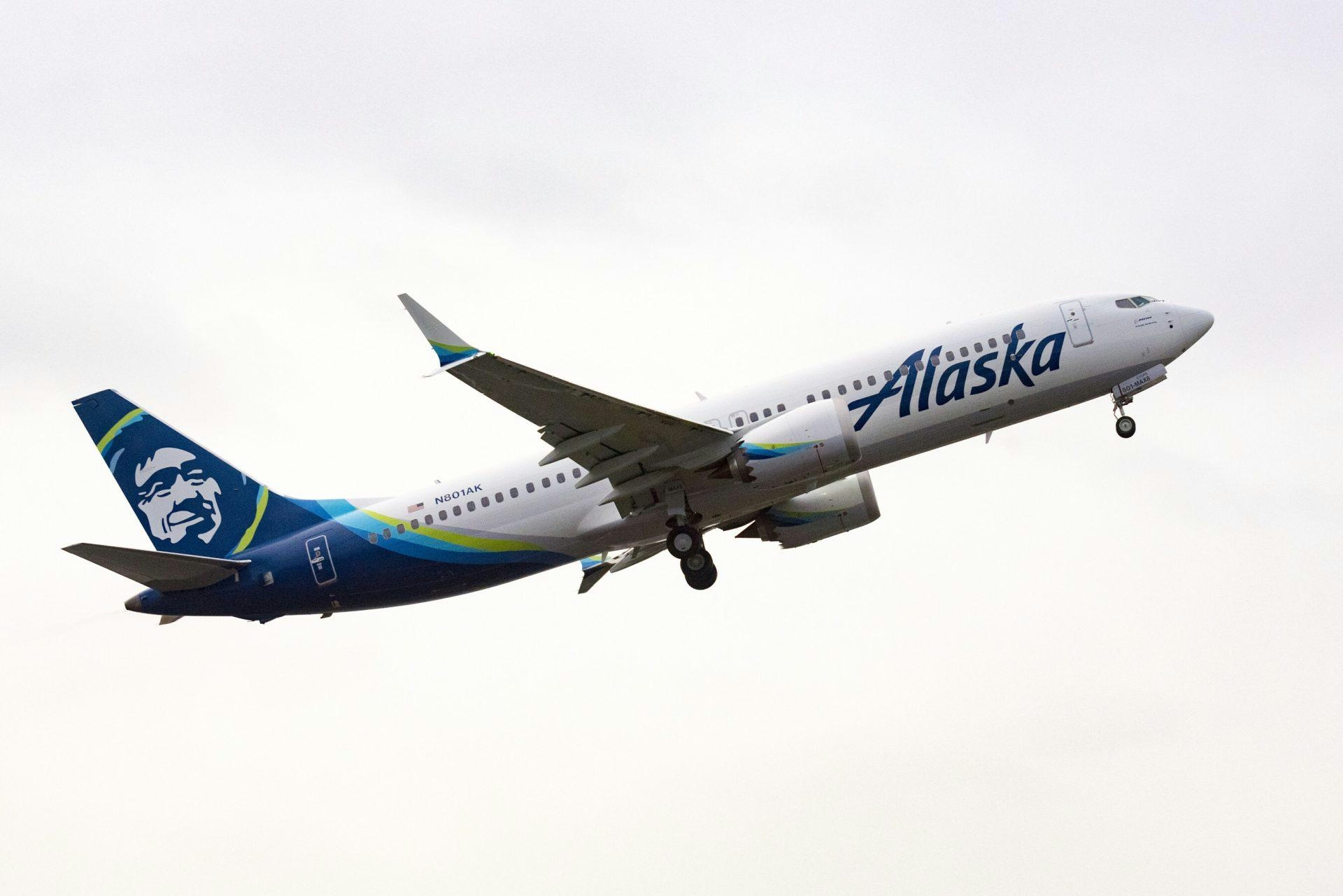
Alaska Airlines Orders Additional Boeing 787 and 737 MAX 10 Jets for Seattle Expansion
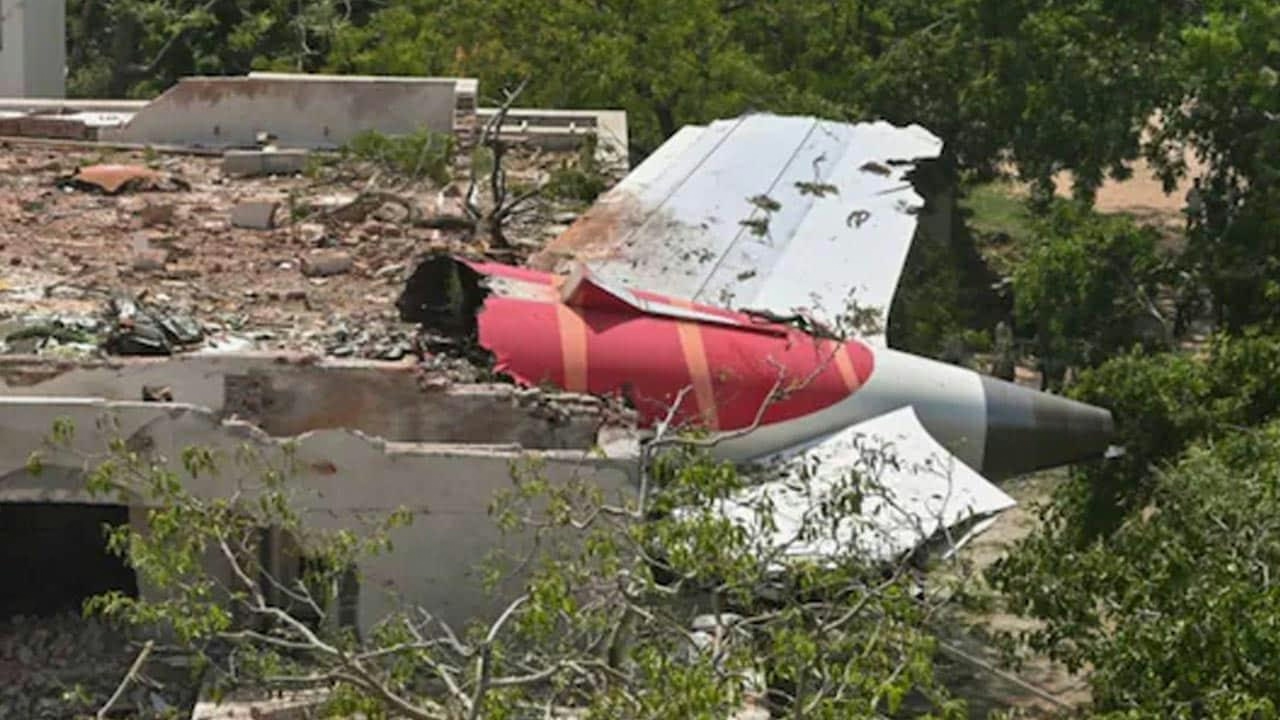
The Mystery of AI-171 Explained
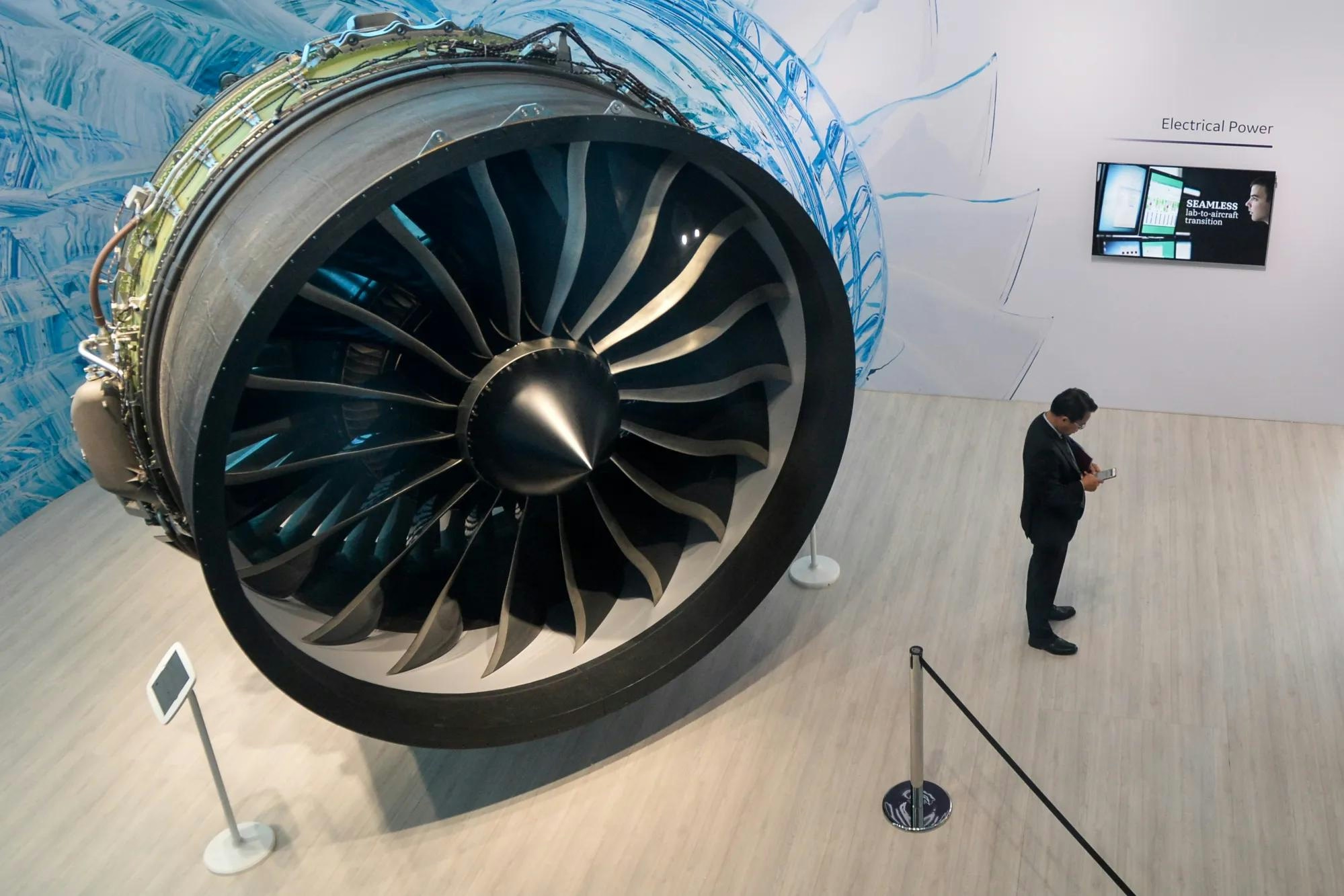
US to Lift Engine Export Restrictions to Chinese Aircraft Maker COMAC
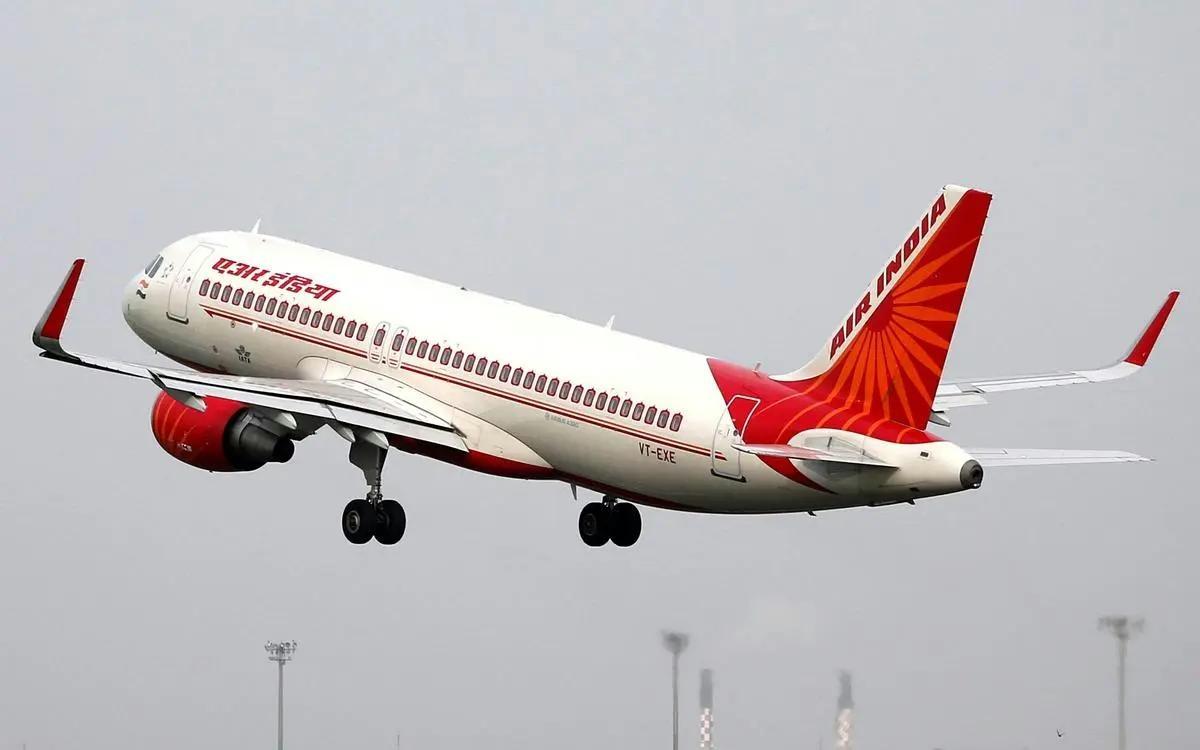
Air India Pilot Collapses in Cockpit Before Bengaluru-Delhi Flight
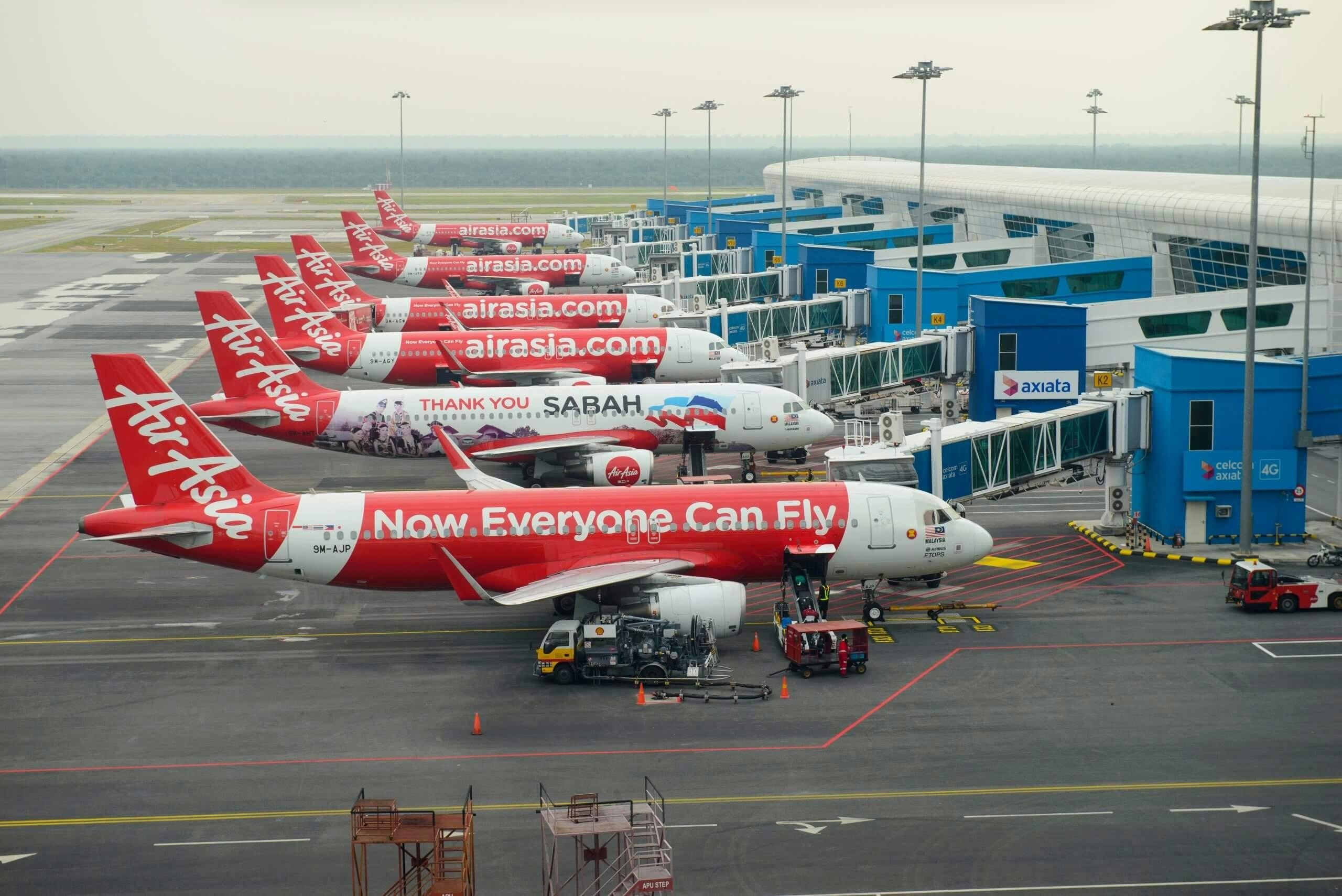
AirAsia Orders 50 Airbus A321XLR Jets as Restructuring Nears Completion
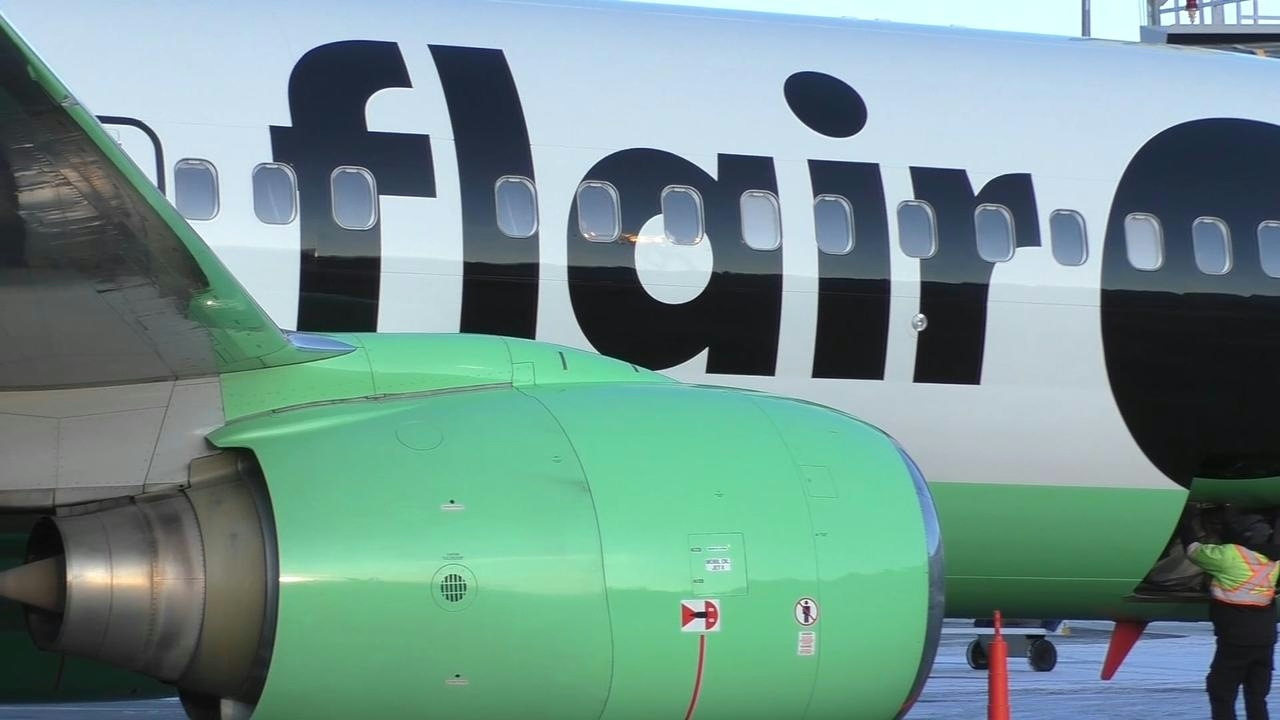
Aircraft Lessors Sue Flair Airlines Over 2023 Plane Seizures
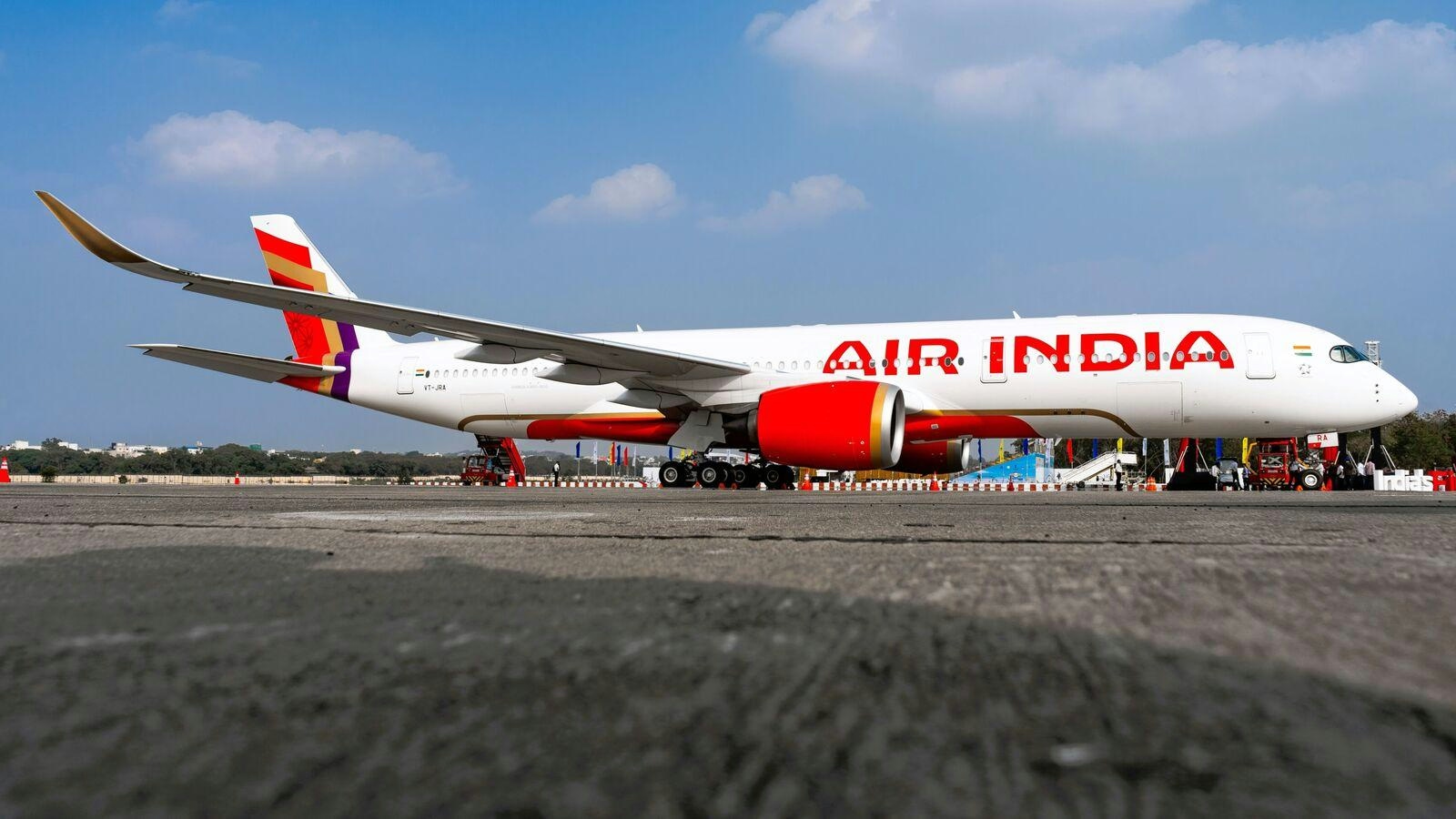
Why India’s Airline Startups Are Investing in Hybrid Fleets

Supply Chain Bottlenecks Disrupt Global Trade

CIASL Initiates ₹50 Crore MRO Hangar Project to Develop Kochi as Aviation Hub
